News
-
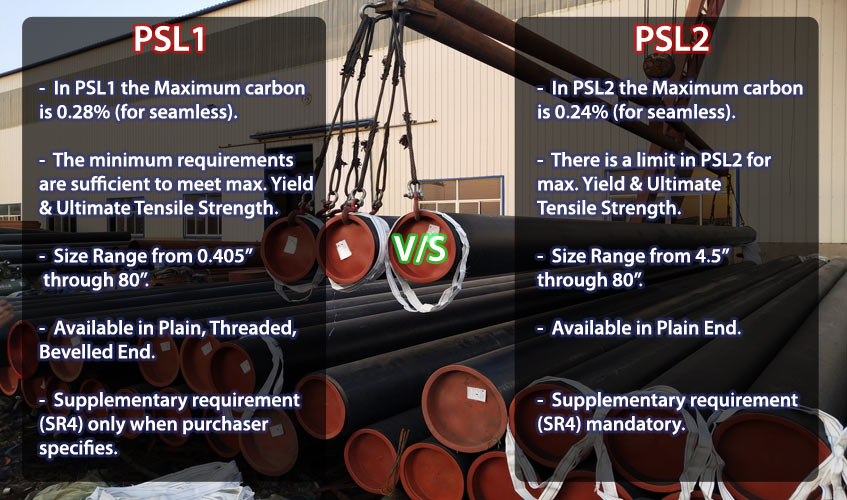
Differences between API 5L PSL1 and PSL2 standards
API 5L pipes are used in the oil and natural gas sectors to transport gas, water, and oil. Line pipe may be utilized in on-shore and off-shore oil and gas transmission and can fulfill all high-pressure transmission pipeline requirements for natural gas and petroleum. API 5L is...Read more -
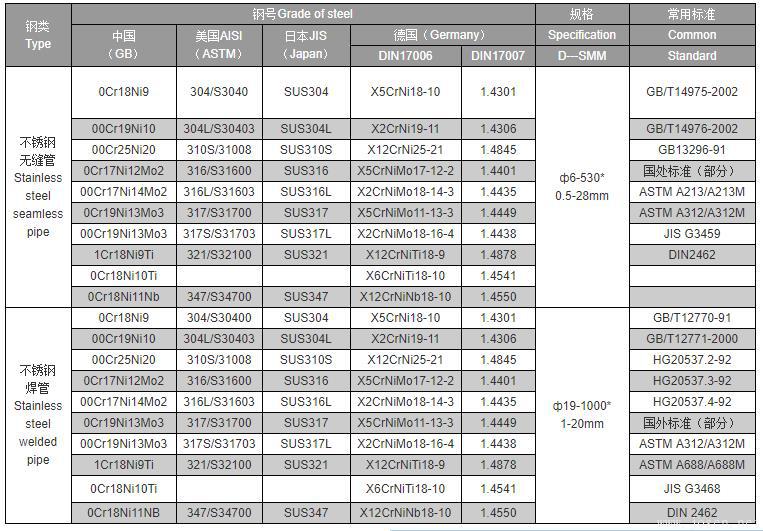
Table of Stainless Steel Equivalent Grades (EN, SAE/AISI, UNS, JIS)
The table below compares steel equivalent grades of materials from various international specifications. Note that materials compared are the nearest available grade and may have slight variations in actual chemistry. ISO-Name ISO Designation EN UNS AISI JIS 4372-201-00-...Read more -
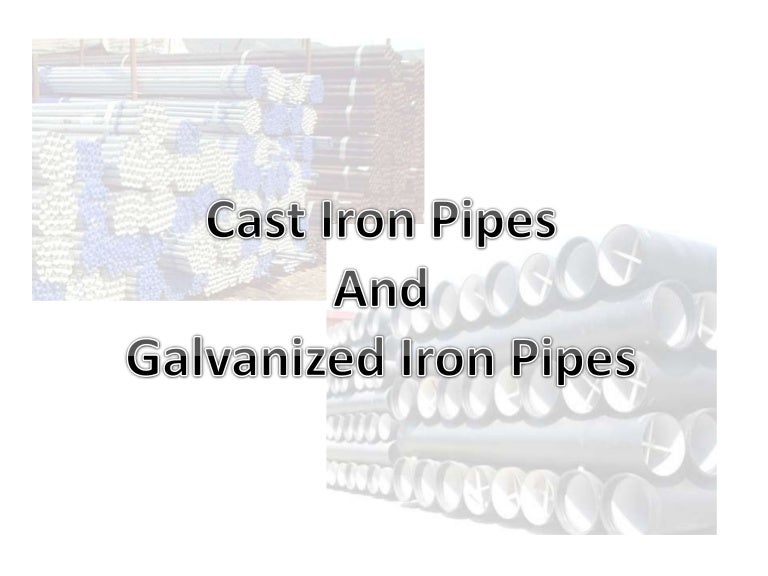
What are the differences between cast iron vs galvanized steel pipes
Iron and steel are two of the most widely used metals in the world. The two materials have special properties that set them apart from others, and modern technology and processes have developed new subsets — cast iron and galvanized steel. These have a wide range of uses in se...Read more -
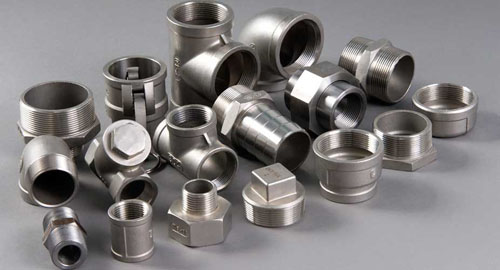
Applications of high pressure forged fittings
Fittings made of forged steel for high-pressure applications? Forged steel fittings are used to connect several pieces of equipment to form a plumbing system. These are available in diameters ranging from 2 to 4 inches and in a variety of shapes. Forged steel fittings are util...Read more -
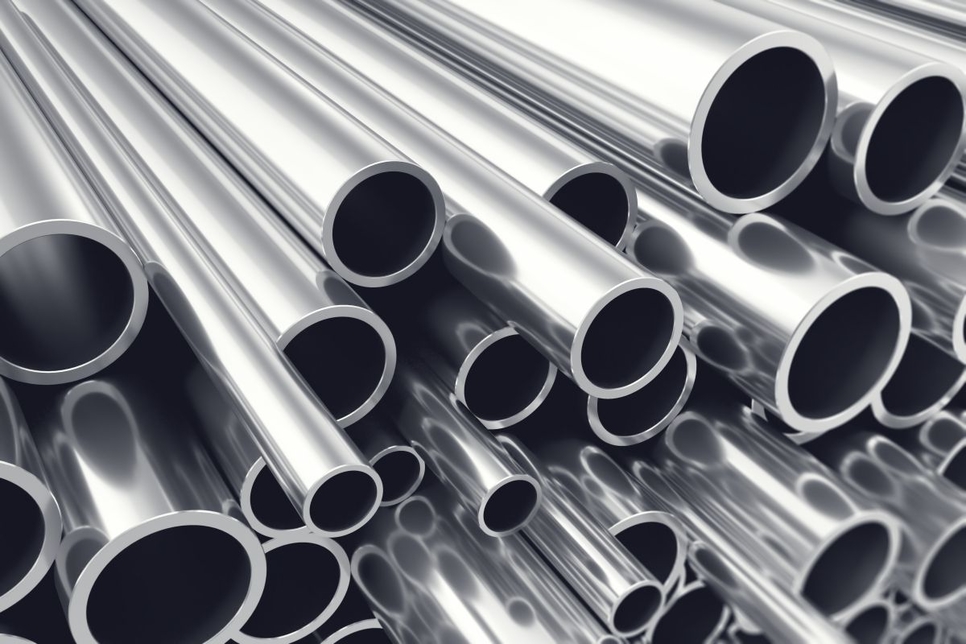
Advantages And Applications Of Nickel Pipes
Nickel 200 grade is the most popular and most used metal in the industrial also in some mechanical sector. The nickel 200 is known to be a commercially pure nickel having around 99.6 % wrought nickel. This machined nickel has good resistance to corrosive environments and has e...Read more -

Why is Low Alloy Steel more Weldable than High Carbon Steel?
Low alloy steels have a small number of alloy elements, whereas high alloy steels have a large number of alloy elements. In most cases, alloy elements are added to increase the steel’s hardness and endurance. Due to the inclusion of significant levels of additional elements su...Read more -

What Are Different Grades of Carbon Steel Flanges
Carbon Steel Flanges is a forged carbon steel designed to connect sections of pipe or join pipe to a pressure vessel, valve, pump or any other equipment. Do you wonder what do different grades of any steel products say about the product? Grades of the steel products change dep...Read more -
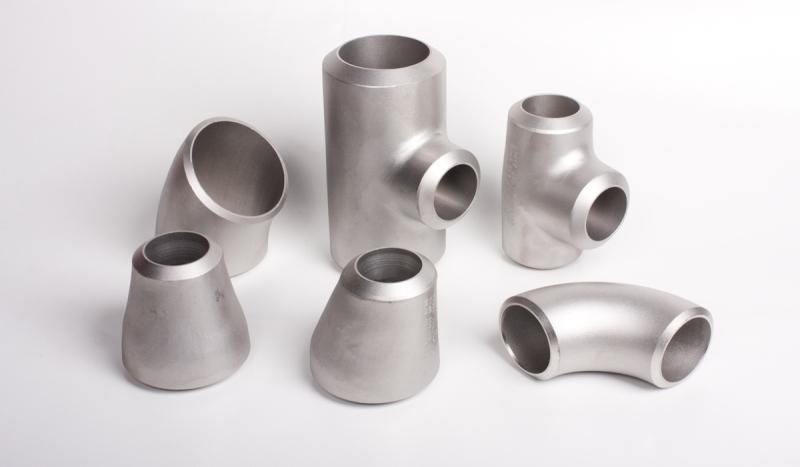
Types of Buttweld Fittings
1) Buttweld Elbow 45/90/180 Degree 45o/90o/180o elbows are the most commonly used types of elbows. Small buttweld elbows are produced by heating, cutting and bending the seamless pipes. By using welded pipes or steel plates larger buttweld elbows are produced. Two special type...Read more -
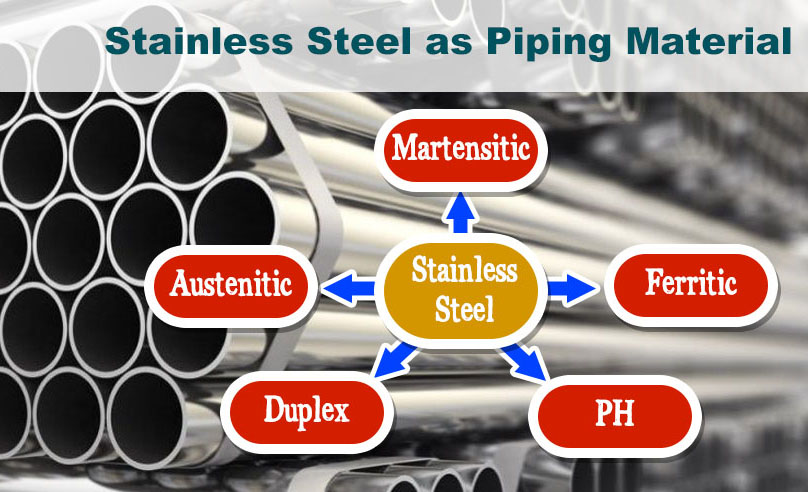
What are Different Types of Stainless Steel Pipe
Stainless steel is most widely used material for the fabrication of industrial products due to its excellent durability, versatility and cost effectiveness. Stainless steel pipe is available in diverse varieties such as seamless, welded, ERW, EFW, cold drawn etc. that are avai...Read more

